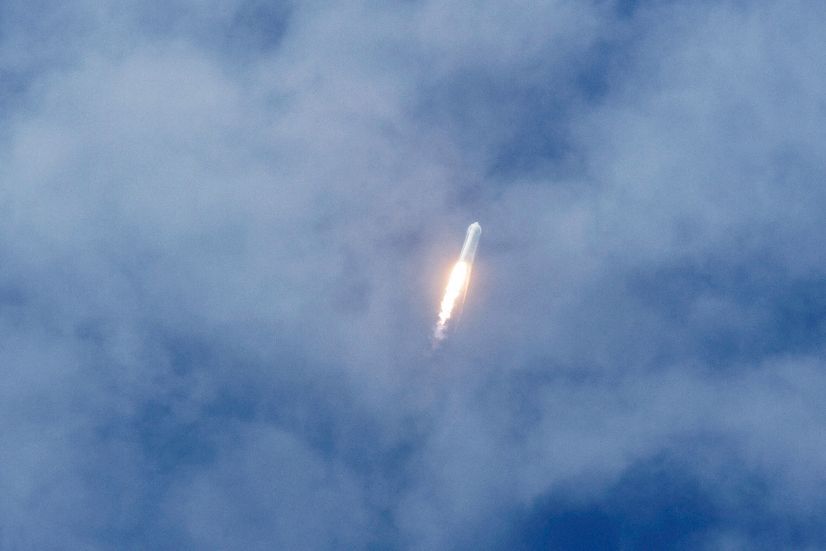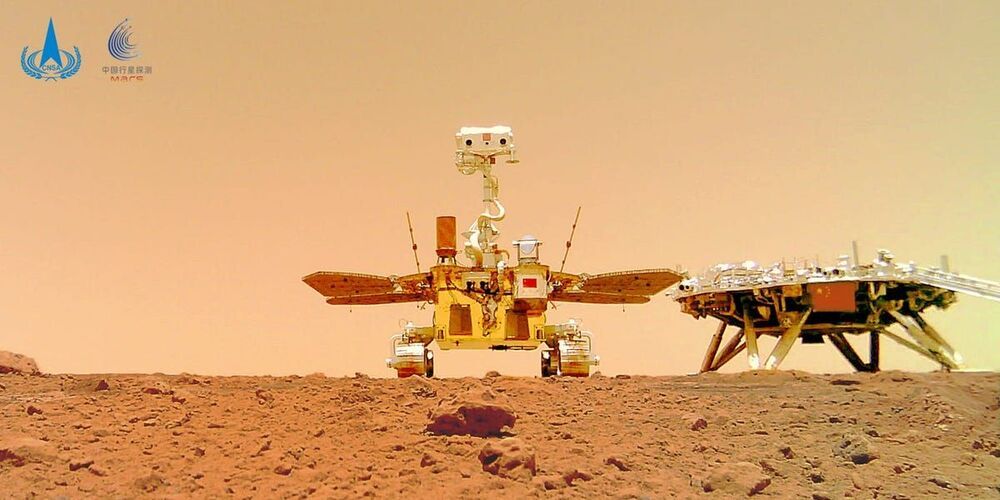The agency has put out a request for mission proposals to send people to the International Space Station.




NASA is already so impressed by the Starship that it has contracted SpaceX to build a lunar-landing version of it to return astronauts to the moon as early as 2024. The selection has enraged Musk’s rivals such as Blue Origin’s Jeff Bezos  Jeffrey (Jeff) Preston BezosSeat on Bezos-backed space flight sells for million at auction Researchers: Wealth accumulation at Ivy League presents ‘fundamental threat to our democracy’ Democrats reintroduce bill to create ‘millionaires surtax’ MORE and has perturbed some members of Congress. Both have only themselves to blame — Blue Origin for offering an inferior design and Congress for underfunding the Human Landing System project.
Jeffrey (Jeff) Preston BezosSeat on Bezos-backed space flight sells for million at auction Researchers: Wealth accumulation at Ivy League presents ‘fundamental threat to our democracy’ Democrats reintroduce bill to create ‘millionaires surtax’ MORE and has perturbed some members of Congress. Both have only themselves to blame — Blue Origin for offering an inferior design and Congress for underfunding the Human Landing System project.
Military technology development has often been defined by the advent of new ways to transport people and cargo. The racing galleon of the 16th century became the frigates and ships of the line that defined naval warfare in the 18th and early 19th centuries. The steam engine and iron and steel armor led to the dreadnoughts of the early 20th century. Modern warships incorporate nuclear power. Air travel has caused the same sort of evolution, from the motorized kites of World War I to modern jets that can deliver destruction and death from thousands of miles away.
Now, space transportation technology is poised to cause a similar revolution in the military’s ability to defend the United States and its allies and to inflict mayhem and death on any enemy that would propose to make war on America. The great irony is that the Starship will be used by a branch of the military that Musk once compared to Starfleet, the fictional service depicted in the “Star Trek” television shows and movies. The thought would likely bring a smile to the face of the franchise’s creator, Gene Roddenberry, in whatever afterlife one envisions him inhabiting.


This Stone Predates the Sun.
Recent analysis of a stone found in the Libyan Desert Glass area of southwest Egypt, has sparked debate and a rethink of the current consensus on the formation of the solar system.
In a study, due to be published next month, a team of international researchers announced the resulting analysis of a stone that was subsequently named Hypatia after the ancient female astronomer of Alexandria.
Utilizing techniques from electron scanning microscopy, to proton induce X-ray emission and micro-Raman spectroscopy – the results revealed compounds not found anywhere on our planet, solar system or any known meteorite. As well, a lack of silicates was found which sets it apart from interplanetary dust particles and all known cometary material. Previous analysis of noble gas and nitrogen isotope studies suggest an extraterrestrial origin, which along with these new results strongly suggests a pre-solar origin and could indicate a high degree of heterogeneity in the solar nebula.
Space mining. 😃
Is Space Mining Our Future Gold Mine? Get Surfshark VPN at https://surfshark.deals/undecided and enter promo code UNDECIDED for 83% off and 3 extra months for free! Rare-earth metals and other minerals are essential for green tech like EVs and renewable energy. Trouble is, we need a lot of them and their availability on Earth is limited. But what if we could tap into all the materials flying around in space? Some scientists claim we could mine asteroids in the future. Yes, asteroids. Is it just an Armageddon remake or will we eventually…dig into them…?
Watch “The Future of Solid State Wind Energy — No More Blades”: https://youtu.be/nNp21zTeCDc?list=PLnTSM-ORSgi4dFnLD9622FK77atWtQVv7
Video script and citations:
https://undecidedmf.com/episodes/is-space-mining-our-future-gold-mine.
Follow-up podcast:
Researchers observed more than 500 of these mysterious cosmic explosions, unraveling the hidden nature of their sources.
The most popular theory suggests that FRBs come from neutron stars, the collapsed cores of massive stars. Scientists believe that the explosions could be a result of a specific type of neutron star known as a magnetar, named so for their powerful magnetic fields, thousands of trillions of times more powerful than Earth’s fields.
“The reason we think that’s true is because they are the only thing that we know of that could plausibly produce such energetic flashes in such a short duration of time,” Masui said. “Otherwise, we don’t really know how they’re created.”
Located at the Dominion Radio Astrophysical Observatory in British Columbia, Canada, the CHIME telescope began operating in 2018. The stationary telescope is made up of four giant cylindrical radio antennas.
On June 11, 2021 CNSA published new Hi-Res Mars images Zhurong Rover (Chinese Tianwen-1 mission) with amazing details of Utopia Planitia on Red Planet. Rover dropped/deployed special instrument camera to make group images. Camera made first shot capturing Mars Lander and Zhurong Rover together in single frame. Resolution of the images is incredible. Chinese Zhurong Mars Rover has been working on the surface of Mars for 26 Martian days, carrying out environmental perception, fire surface movement, and scientific exploration. Zhurong also made first panoramic 360 degrees image at Utopia Planitia on Mars. There is image of Parachute pack and Heat Shield on the surface of Red Planet.
Source/credit: https://www.cnsa.gov.cn/
Credit: cnsa.gov.cn, cctv.com, China Central Television.
#mars #zhurong #rover

